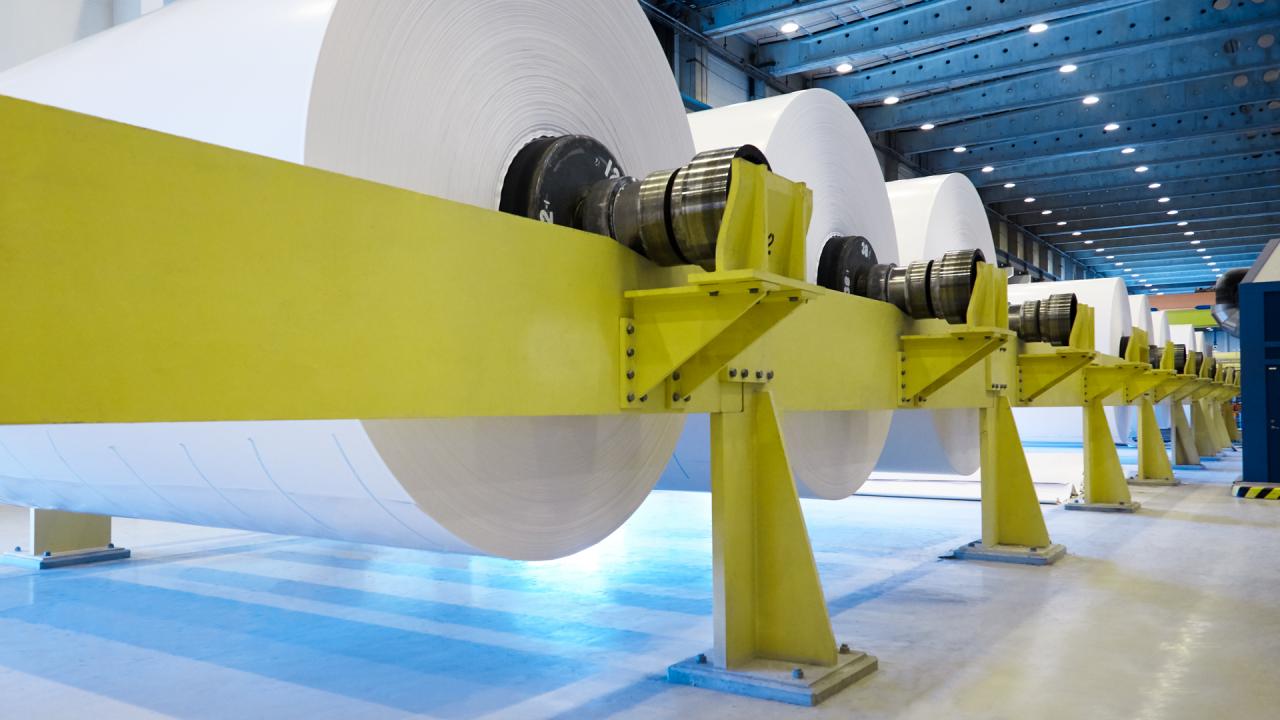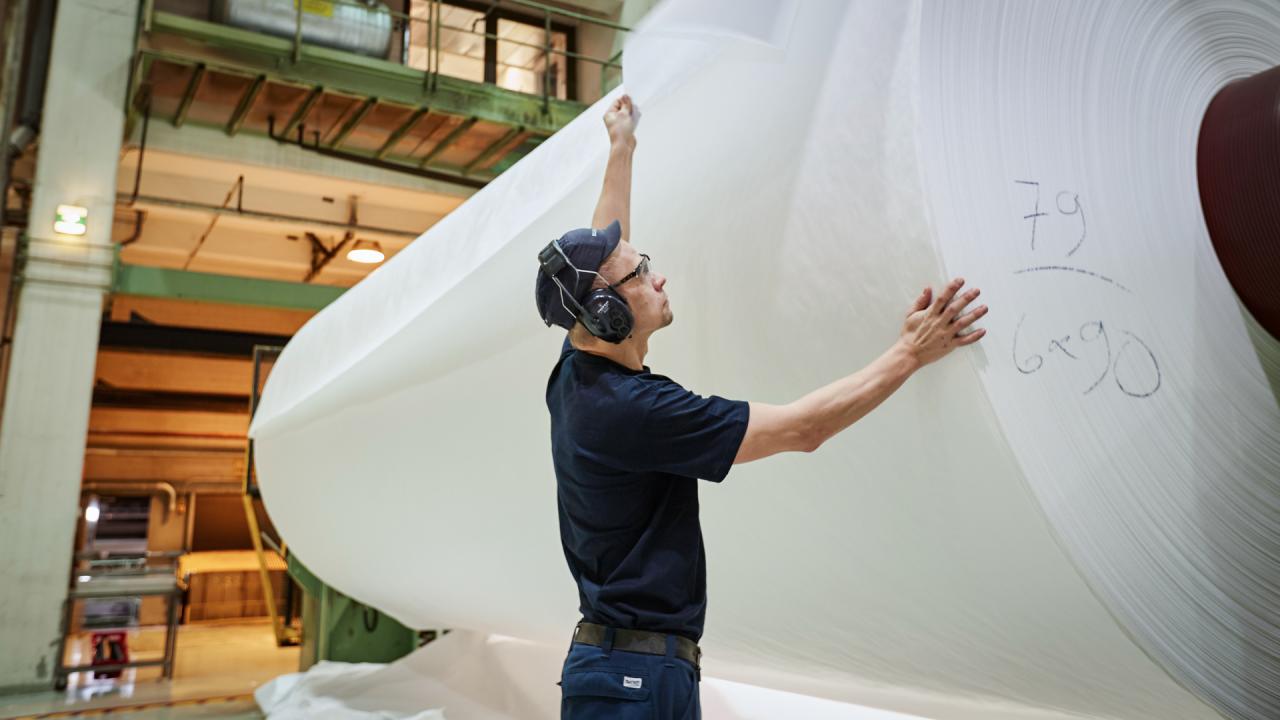Logistics ecosystem means better business opportunities
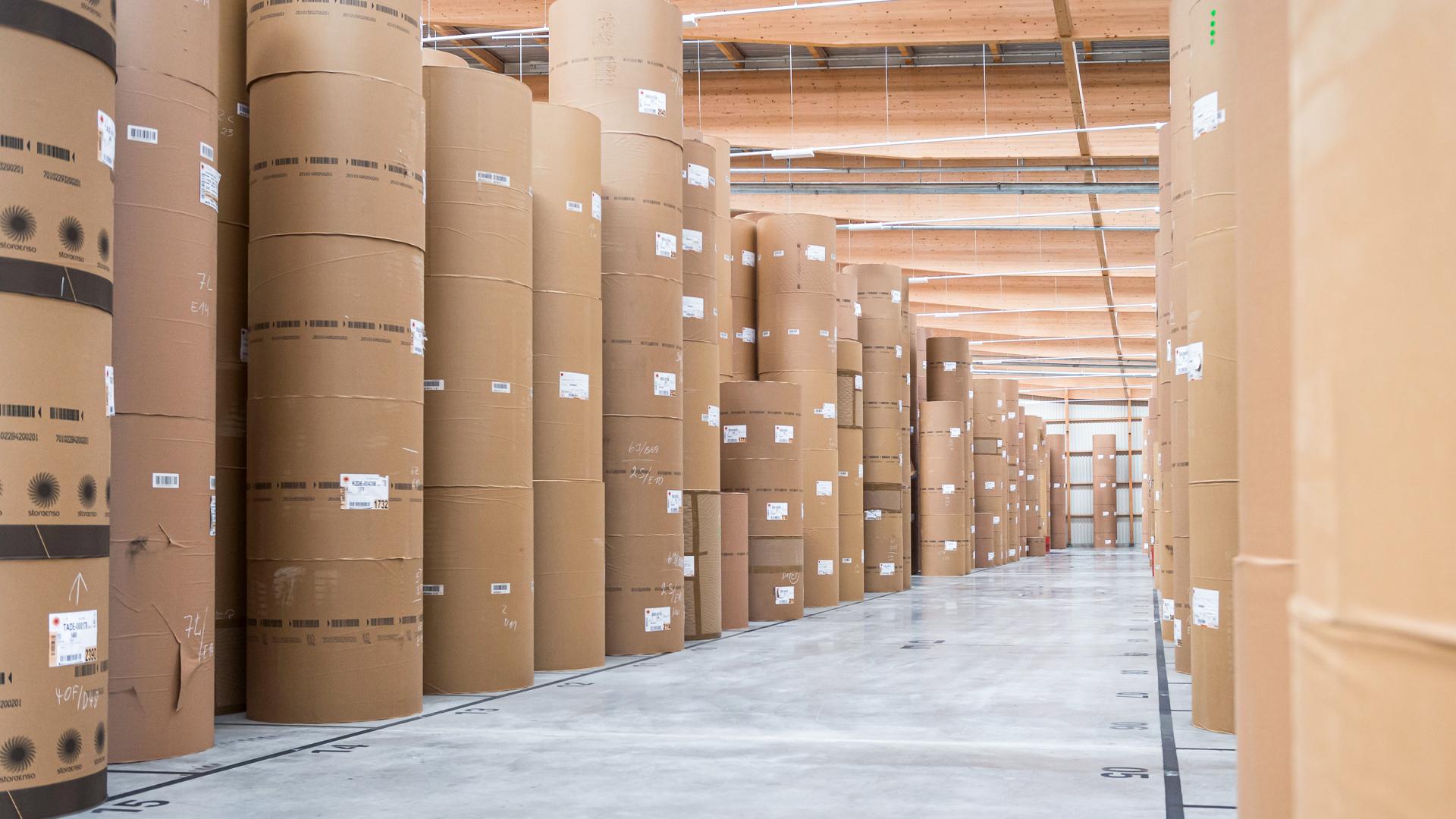
In an increasingly time-critical market, efficient logistics solutions are essential. For Stora Enso, the storage and distribution centre at the Port of Lübeck and efficient transports by sea, provide both economic and environmental benefits.
“COME ON GUYS, LET’S GET TO IT,” says terminal assistant Stefan Hein to his colleagues, at around noon one Friday in the beginning of October. He and three dock workers walk across the quay at Nordlandkai in Lübeck, northern Germany, to unload a ship that has just arrived from Oulu, a city in the north of Finland. The RoRo vessel is carrying paper and cardboard.
“WALLENIUS SOL ships are always on time, come rain, shine or pack ice. It usually takes us four hours to unload and another three to load,” Hein says, as tractors tow trailers and containers through the cold midday air to the warehouses.
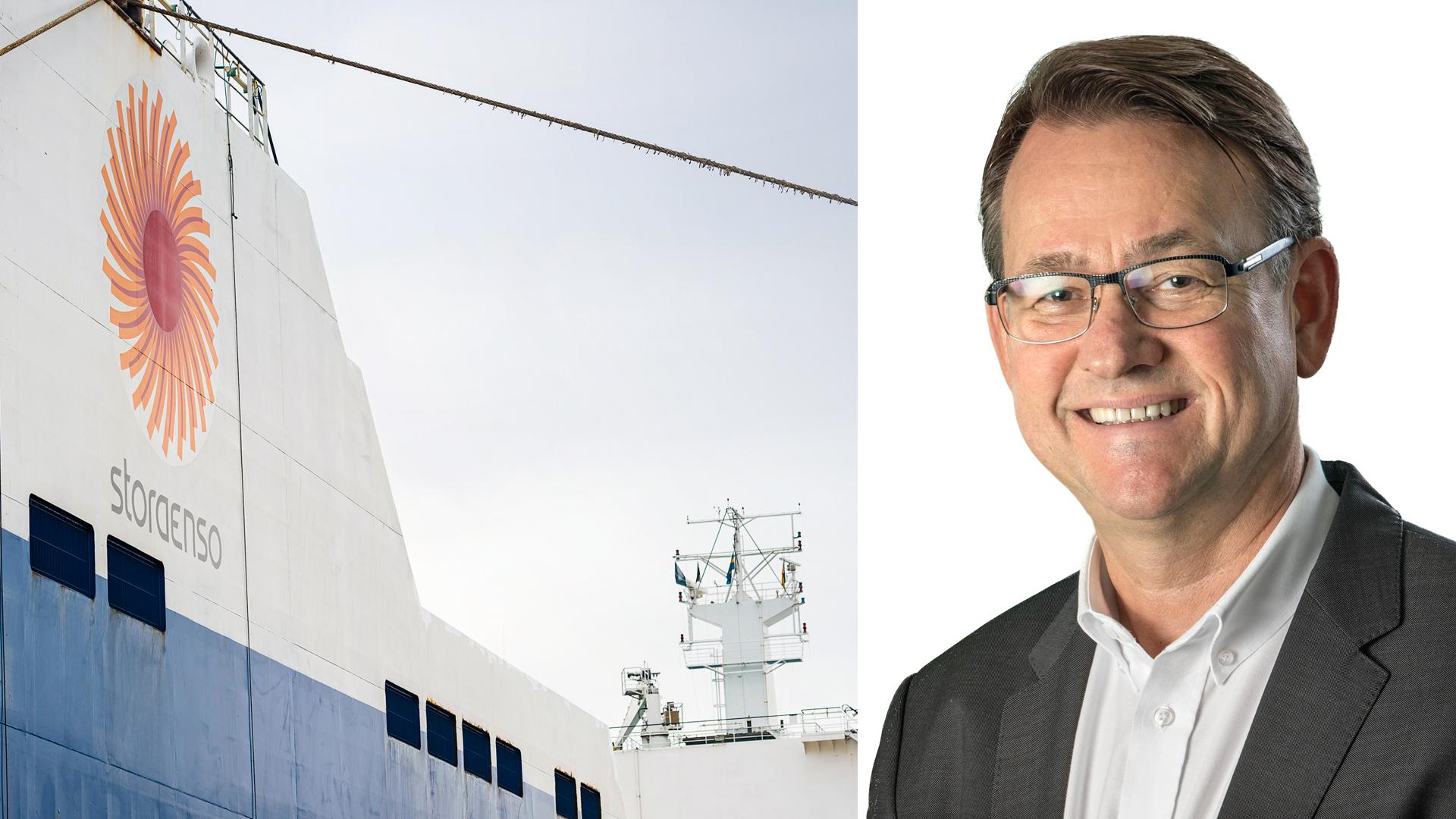
Partnership for greater flexibility
WALLENIUS SOL transports goods across the Gulf of Bothnia, the Baltic Sea and the North Sea, and one of our main customers is Stora Enso. This Finnish-Swedish enterprise is one of the world’s largest paper and packaging manufacturers with eco-friendly products based on wood and biomass.
“Our partnership with WALLENIUS SOL helps us in a very competitive market,” says Knut Hansen, Senior Vice President Logistics Global at Stora Enso. “In addition to the high quality standards of our products, customers are demanding ever greater speed and flexibility. So we need reliable, efficient transport.”
Stora Enso also has a long business tradition with the Lübecker Hafen-Gesellschaft (LHG), Germany’s biggest RoRo terminal operator on the Baltic Sea. To reduce both shipping costs and emissions, Stora Enso decided a few years ago to ship its goods from southern Finland to Lübeck: “Our production sites are a long way from our clients in Europe,” Hansen explains. “These days, out of a total 2.4 to 3 million tonnes of goods per year, we warehouse almost 1 million in Lübeck.”
Logistics ecosystem
WALLENIUS SOL, LHG and Stora Enso have built an efficient, flexible logistics ecosystem that is also used by other customers. “After taking our products south, the vessels carry return goods north,” Hansen says.
Ortwin Harms, Head of Marketing and Sales at LHG, adds: “The benefits from using this infrastructure just keep on getting better, now that we’re expanding capacity at our biggest quay, Skandinavienkai.”
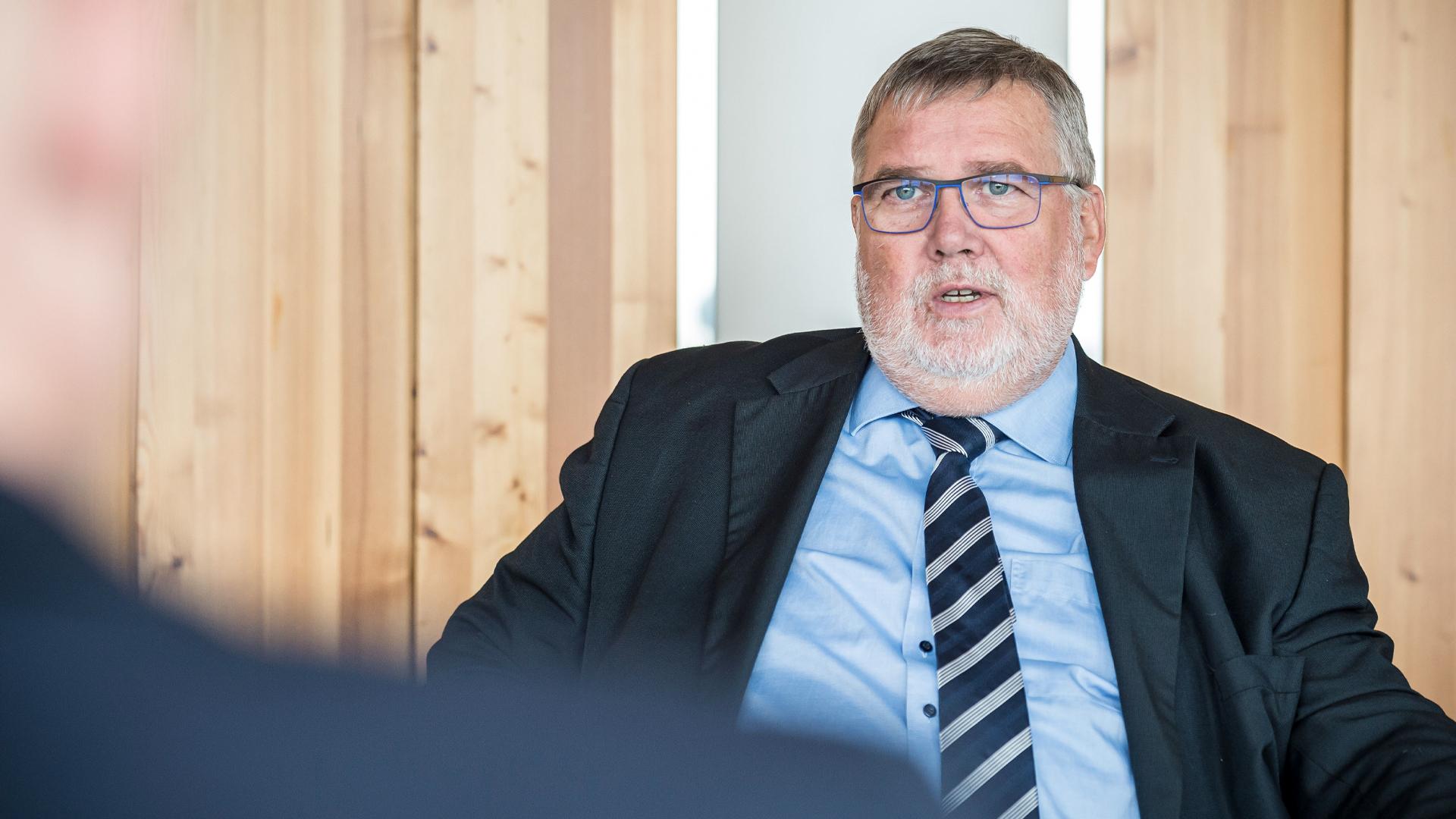
Stora Enso and LHG signed a cooperation agreement for a new forest product terminal in 2017. “This enables us to continue our long-standing, good partnership into the future. At our expanding Skandinavienkai terminal, we offer Stora Enso the best handling quality possible,” Harms explains.
Hansen highlights the advantages of the new terminal: “The current expansion includes a storage and distribution centre for forest products.”
Along with other features, this is what encouraged Stora Enso also to warehouse their products from northern Finland at Lübeck Skandinavienkai.
“We aim to have these goods at Skandinavienkai by the end of 2021. Transport is a significant factor in the price of our goods, and getting them to the continent can be a big challenge,” says Hansen.
Which is why Stora Enso continues to rely on WALLENIUS SOL. “The vessels can actually handle the capacities we need to deliver in Lübeck. And reducing the number of times we transport our products to just a few per year brings environmental as well as economic benefits,” Hansen explains.
Stora Enso
Stora Enso operates worldwide and focuses on utilising expertise in renewable materials and creating value in packaging, pulp, paper and wood. Stora Enso’s head office is in Helsinki, Finland. Most of the group’s sales and operations take place in Europe. Stora Enso has three research centres, in Imatra (Finland), Karlstad (Sweden) and Mönchengladbach (Germany), and two innovation centres, in Stockholm and Helsinki. The company sources most of the wood from its own forests in Northern Europe.
Lübecker Hafen-Gesellschaft GmbH (LHG)
LHG operates four terminals in Lübeck: Nordlandkai, Seelandkai, Schlutup and Skandinavienkai, the biggest. In all, the LHG facilities have a cargo handling and warehousing area of 156 hectares (covered space: 27 hectares) with 18 RoRo berths. It has more than 700 employees, including subsidiaries and affiliates.
Skandinavienkai:
Terminal area: 749,000 m²
Quay length: 2,065 m
RoRo berths: 9 (4 with upper deck ramp, 2 pontoons)
Rail track: 12,000 m
Shed capacity: 30,000 m² plus ca. 4,000 m²
Main cargoes: trailers, trucks, containers, new/used vehicles, paper and forest products, heavy lift and project cargo, general and dangerous cargo


